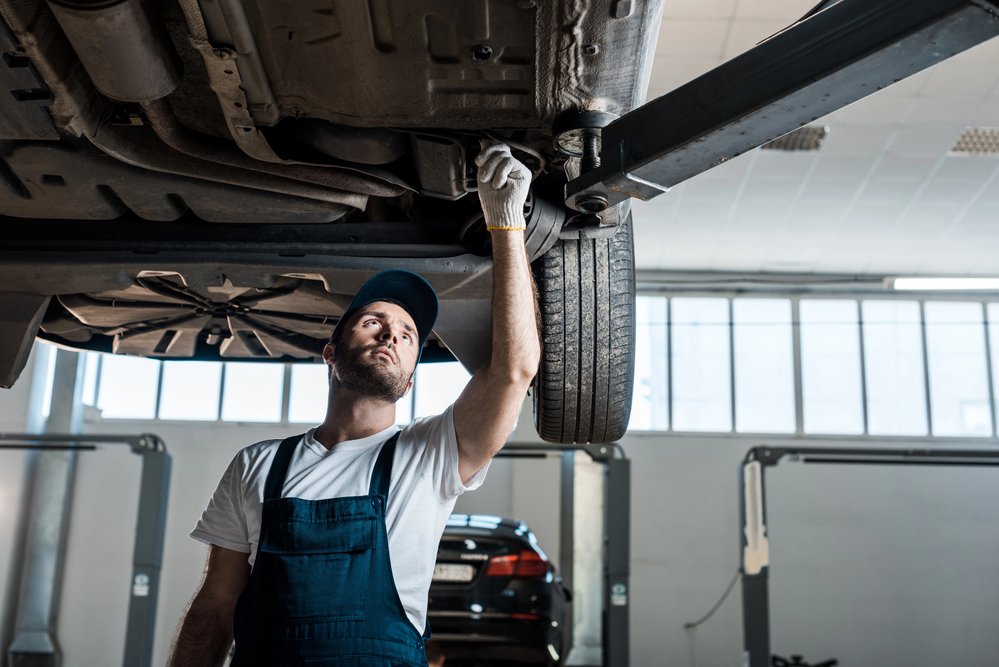
The latest Consumer Behaviour Series report from AIA Canada shows that dealers are outranking independent automotive service providers in several key areas.
The Dealership versus independent: How Canadian vehicle owners choose a service provider report is available to AIA Canada for free, or $199 for non-members. It explores the factors influencing Canadian vehicle owners’ choices for maintenance and repair services have been revealed, highlighting significant trends and preferences in the industry.
It found that most Canadians (37 per cent) believe dealers outperform the aftermarket. One-third believe the reverse, that independent automotive service professionals outperform dealers. The remaining 30 per cent believe both are the same.
When comparing a few specific areas, dealers ranked higher compared to automotive service providers in:
-
- Helpful service advisor: Dealerships 37% vs. ASPs 23%
- Proactive notifications: Dealerships 46% vs. ASPs 18%
- Technical competence: Dealerships 36% vs. ASPs 20%
- Quality of work: Dealerships 33% vs. ASPs 24%
The independents came out ahead in:
-
- Value for money: ASPs 20% vs. Dealerships 58%
- Being trustworthy: ASPs 28% vs. Dealerships 36%
If ASPs want to build greater trust with consumers, they should look to for consistency in matching up technicians with customer vehicles. Two-thirds of respondetns said they would trust their service center more if the same technician always worked on their vehicle.
The same number of respondents said they would trust more if more time were spent explaining the impact of maintenance and repair, while 64 per cent would trust more if they received more help in planning for short, medium and long-term maintenance and repair.
About half (51 per cent) would be more trustful if shops sent videos and websites explaining the scope and importance of maintenance and repair.
The report further dives into where Canadians go for maintenance and repair, the reasons they choose a shop, how they find a new service provider, their perceptions of the independent aftermarket versus dealers and how to increase trust and loyalty.
In its key takeaways and conclusions, the report noted that ASPs must focus on building trust and providing quality customer service to retain customers and justify premium pricing. Transparency, trust, and quality service ensure repeat business, even if price initially attracts customers.
Satisfied customers can become strong advocates for ASPs, generating positive word-of-mouth and online reviews, the report added. Every customer interaction is an opportunity to make a lasting positive impression, encouraging loyalty and recommendations.
Image credit: Depositphotos.com
Related Posts
Comments
-
I take data and surveys with a grain of salt. I do not believe they are 100% accurate in their assumptions. For example 51% of people surveyed may state that they would find a shop more trust worthy if they sent videos and websites explaining the scope of maintenance and repairs, but in realty those same people would never watch them or even fully understand them if they did. People just want honest competent people fixing their cars. The longer one stays in this industry the more competent they should become. We as an industry for both dealership and aftermarket sectors have to do our best not to put the sale above the customers best interest. But it happens all the time, regardless of it happening on purpose or by incompetence. You can not sell $2500 worth of suspension work with new tires on a vehicle with the frame out of it. But what happens if the tech missed the frame being out of it before the repair? He didn’t do it on purpose. It can easily be done, even if your shop has routine DVI’s in place.
A year ago one of my customers asked me to do a pre purchase vehicle inspection on a Subaru (Which I hate doing because of the unknown. I always make sure the customer is well aware of the unknown factor upfront). Subaru’s have a lot going on in the rear suspension area. Recently the customer just returned for a noise in the rear end and as I am repairing an exhaust shield rattle I notice the rear suspension structure beginning to rot at the top. My customer relied on my competence to reassure them of a good long lasting purchase and I failed them. I didn’t safety this vehicle but a pre inspection is just as important in my view. Fortunately the customer is not in any danger at this time, so I did not inform them of the situation, but I will have to monitor this and eventually tell them after some time has passed. I now know where to look first on every Subaru during a safety inspection or before any expensive repair will be performed on one.
There’s pros and cons for both dealer and aftermarket techs. Dealer techs are normally dealing with newer cars and don’t have to be too concerned about structural issues but have to deal with the latest unknown of technology. Aftermarket techs have the advantage of dealer techs sorting out a lot of technical issues well before they show up at our shops. We the aftermarket luckily have technical information available to us from their leaning curve. This could give the consumer false assumptions that the aftermarket tech may be better technically than a dealer tech, but that can’t be further from the truth. Aftermarket techs may be better at noticing rotten suspension structures than a dealer tech because we are dealing with and are stung with this issue daily. A dealer tech may unfairly get stung on a $2500 repair job on an older vehicle with a steering rack mounting area starting to rot from exhaust heat, because they were unaware of checking that area and missed it. There is only one person at fault for this and its not the engineer that designed it, its not the factory worker that built it or the advisor that sold the repair. Its the technician that missed it, and can be easily done by anyone, giving consumers a bad outlook of the entire industry. That’s a lot of pressure on the shoulders of technicians, and we wonder why there is a technician shortage. -
I am going to assume that the name Robert Nurse is an alias or at the very least, you are no longer in the automotive industry. You literally said a whole lot of nothing until the very end where you admitted to withholding valuable information from a customer.
Whether you believe they are in imminent danger or NOT in this case, sharing or acknowledging the presence of rot on the frame of their vehicle provides the consumer with more options moving forward. Purposely holding on to that intel until it becomes more dire is unethical and the very reason consumers harbour distain for the automotive industry.
Your initial pre-purchase inspection was followed by a realistic warning about the perceived value of a pre-purchase inspection and you had an opportunity to prove that point by being transparent on their last visit.
Furthermore, your first point lands on deaf ears. The fact is regardless of one’s knowledge or lack their of in the automotive industry, a video provides a plethora of validation and reassurance, hence the added value.



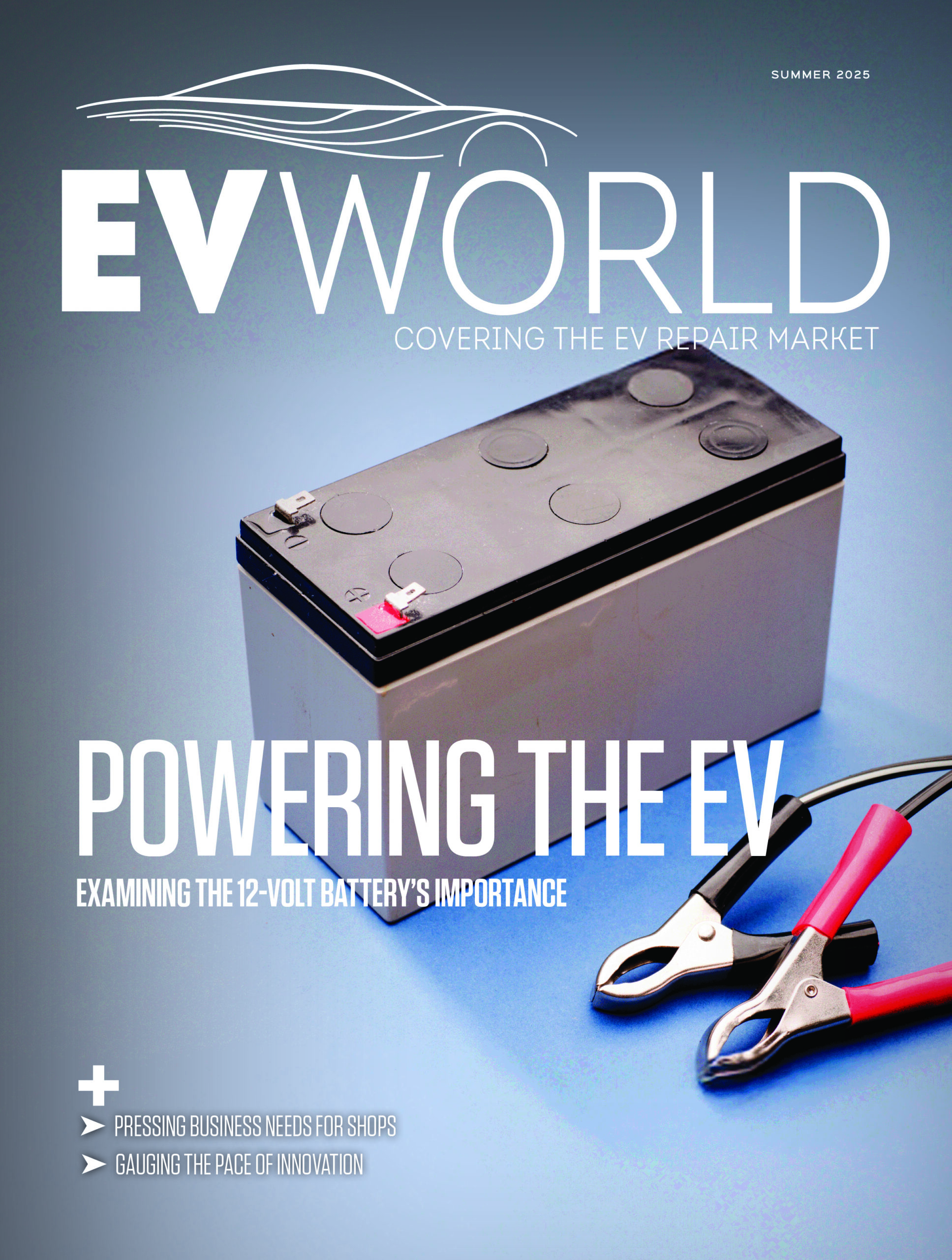

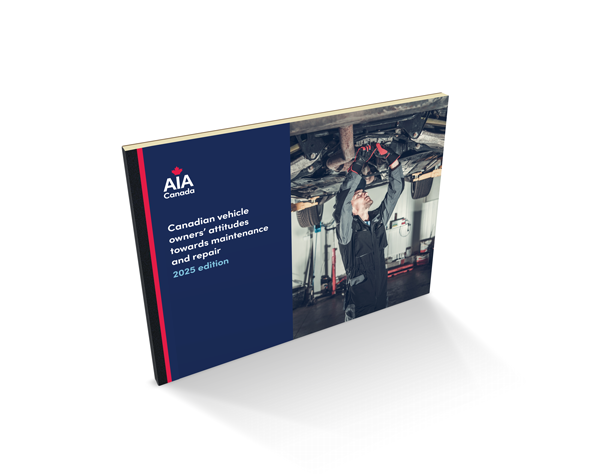

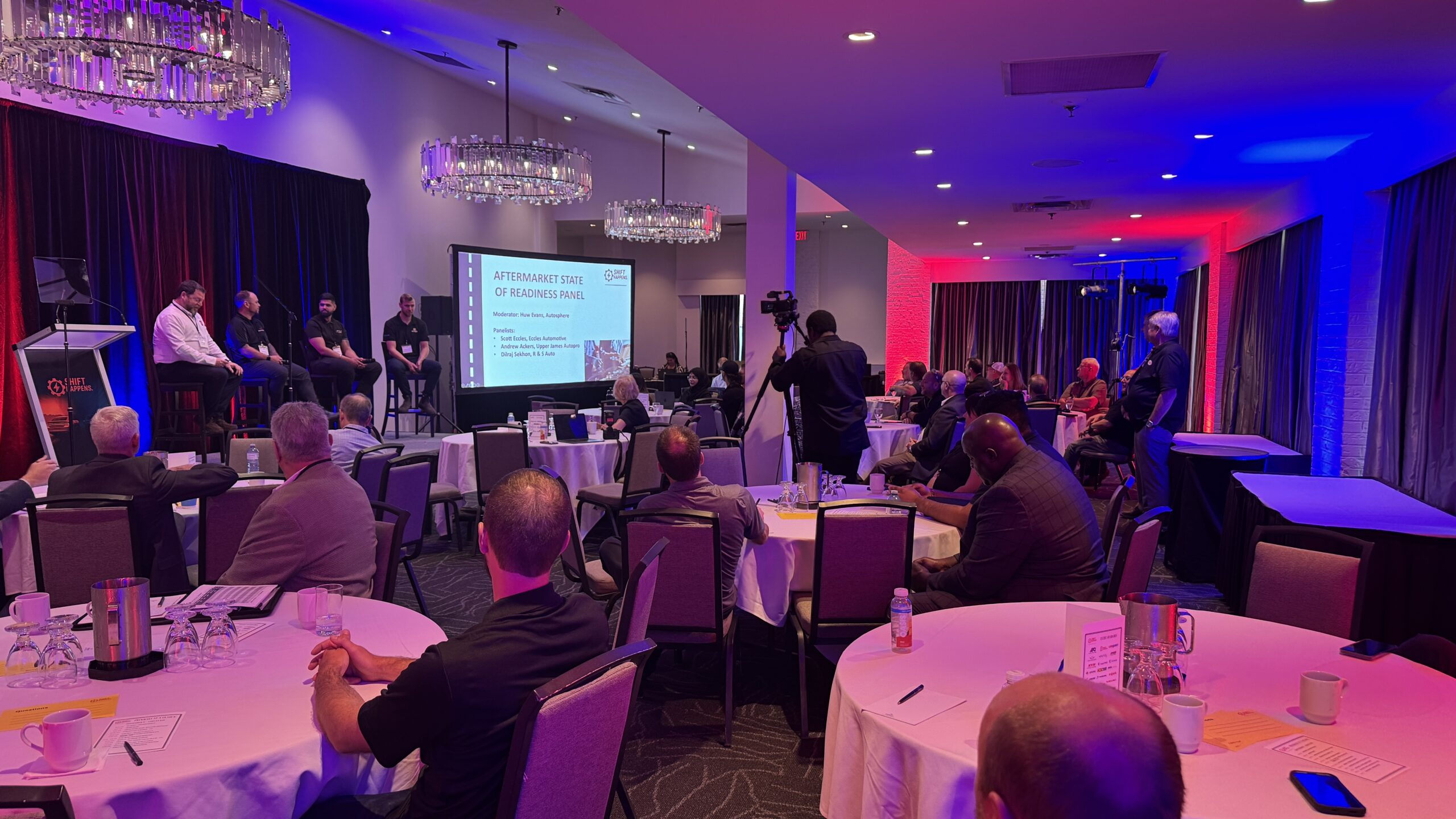


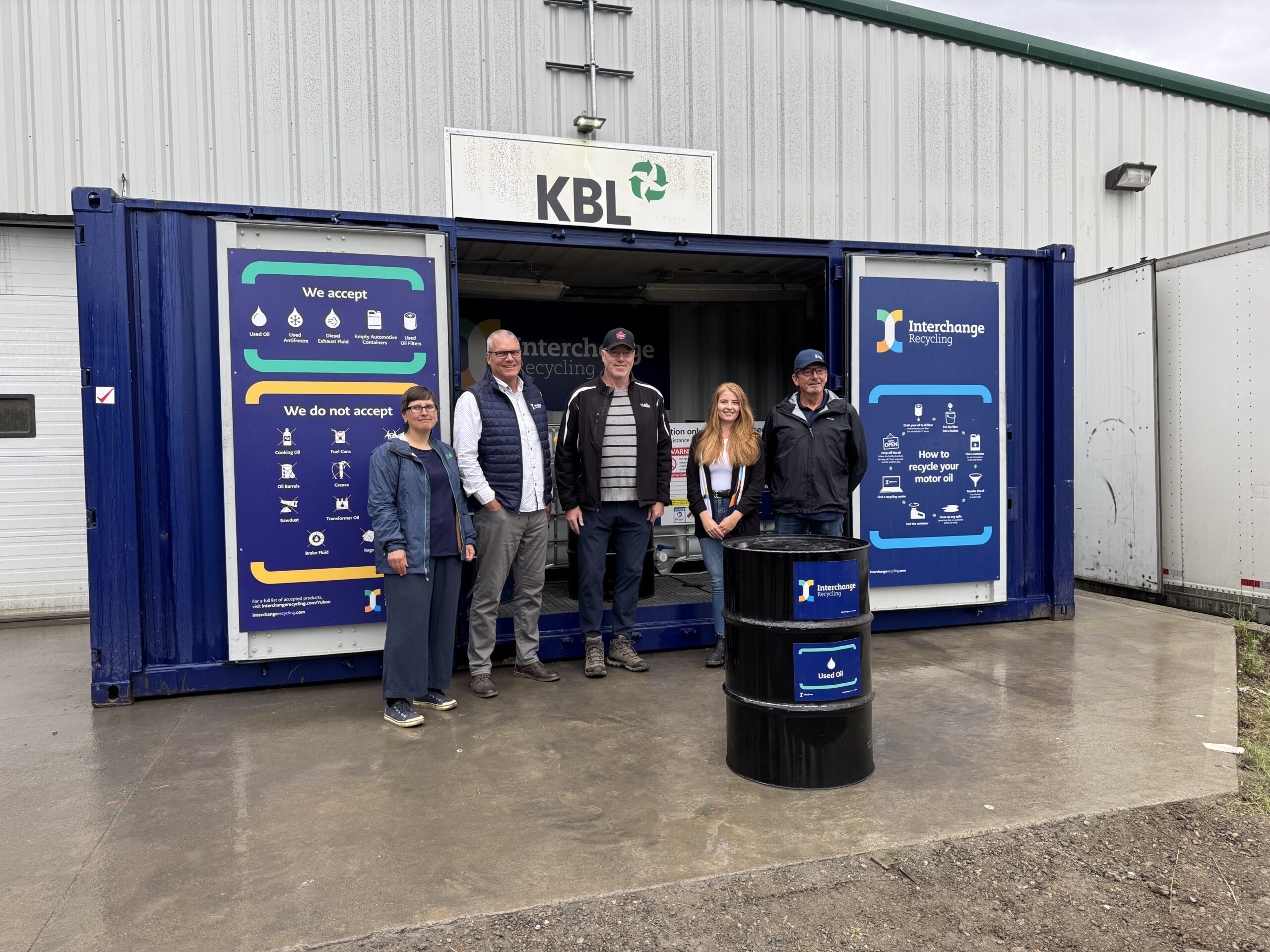


Leave a Reply